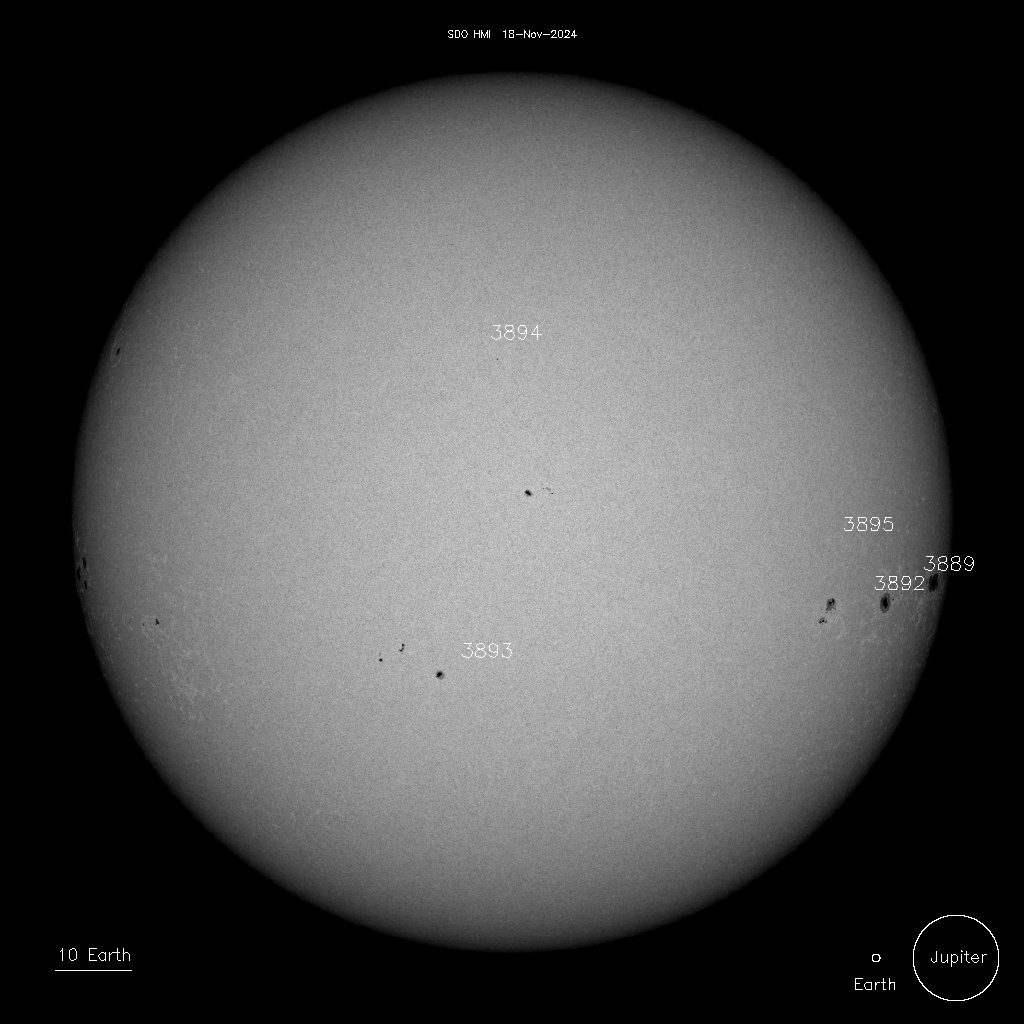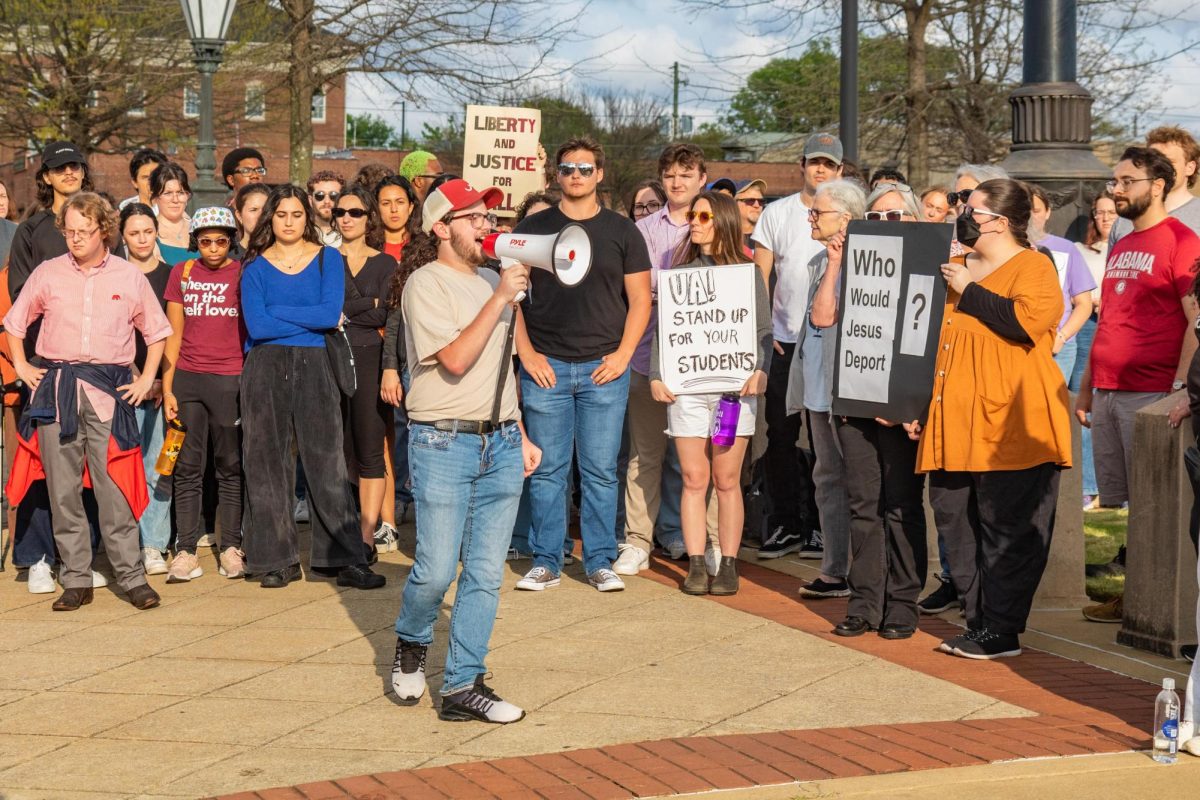On Nov. 11, the physics and astronomy department brought a broad audience on a journey through space. During one of many public night events the department hosts, attendees learned about the sun and solar flares and then witnessed astronomical phenomena through the telescope on top of Gallalee Hall.
In the first half of the night, graduate student Mustafa Muhibullah presented on the sun and how solar flares form.
The sun is a mid-sized star, but since it is so close to the Earth, changes on its surface, particularly with sunspots, are felt all over the globe.
“A lot of things going on in those sunspot regions and all that activity are magnetic fields activating,” Muhibullah said. “Basically, you can imagine that the sun has a lot of localized small magnets all over the surface, which cause these sunspots.”
These magnetic fluctuations have large effects. If enough heat builds up as these different magnetic areas interact, they can lead to coronal mass ejections, in which about a billion tons of solar mass are ejected from the sun.
If these are directed toward the Earth, they are dissipated by the magnetic field around the planet, but as these particles interact with the atmosphere, they create light, which is known as the aurora borealis, or Northern Lights, in the Northern Hemisphere and aurora australis in the Southern Hemisphere. When larger coronal mass ejections happen, they lead to bigger aurora events, such as the one in October where these lights were visible as far south as Tuscaloosa.
The second half of the night was an astronomy observation event, where the audience was led up to the roof of Gallalee Hall.
Jimmy Irwin, a professor within the Department of Physics and Astronomy, then led the group in observing celestial bodies like Saturn and the moon.
While the observers queued up to peer through the telescope, Irwin explained the different features of what they were seeing. For example, the rings of Saturn were barely visible because, every 14 years, the rings are exactly perpendicular to the line of sight, meaning that they are only perceivable as a line.
Irwin said his favorite part of these open nights is “showing the crowd something and they go ‘wow,’” as no matter what, the audience is always surprised in some way.
“If nothing else, they end up thinking logically,” Irwin said. “If you understand why something happens in astronomy, you can understand why it happens in any field.”









